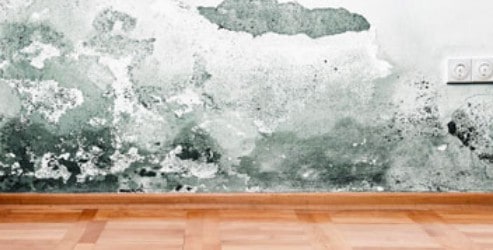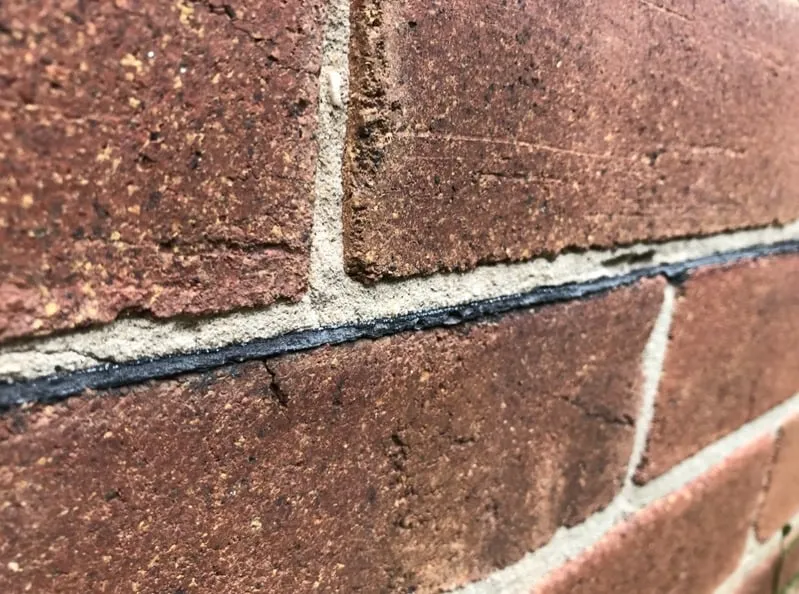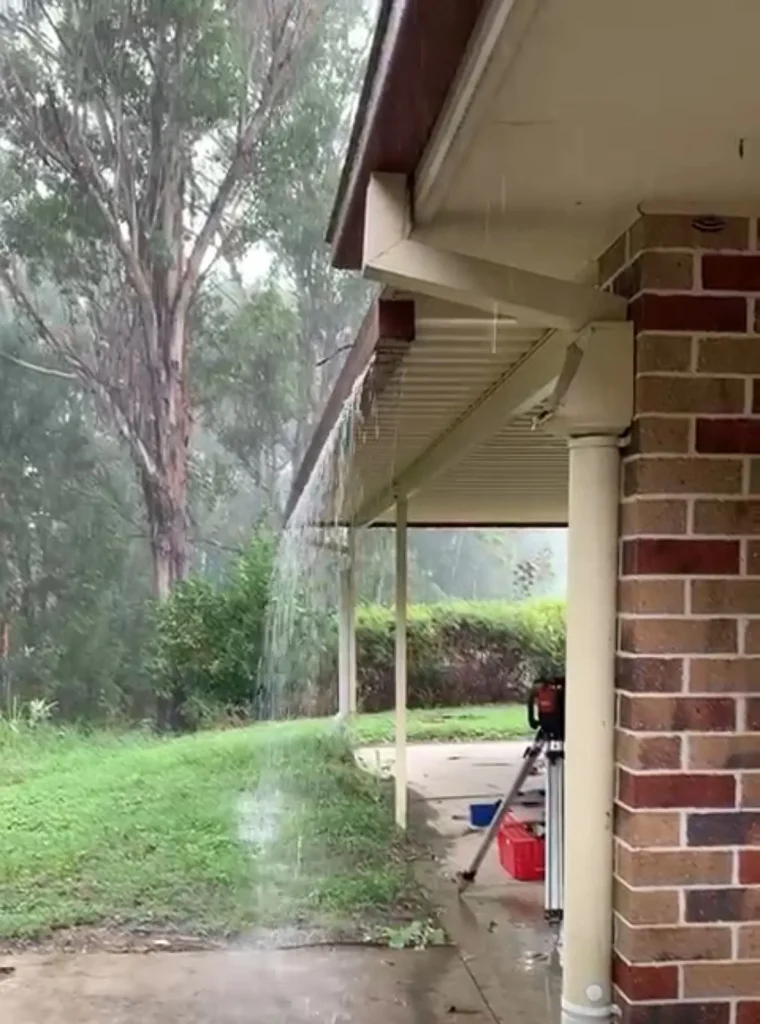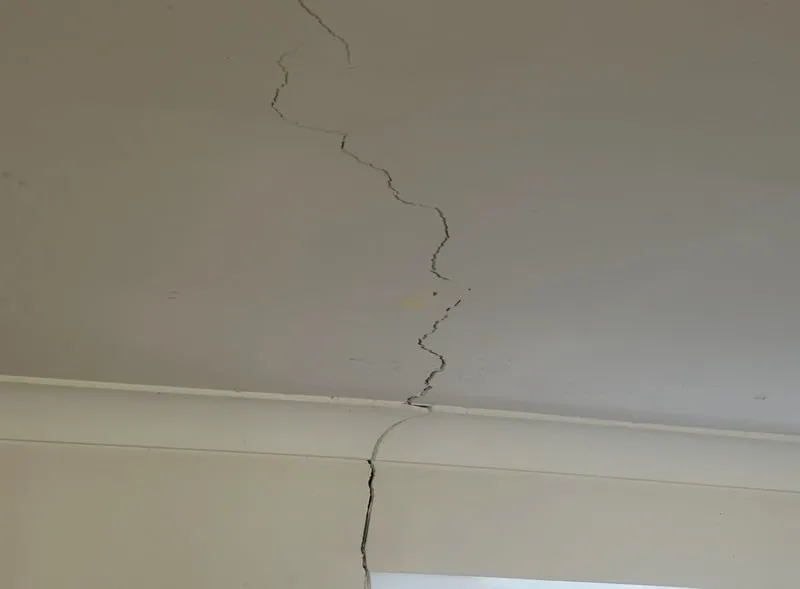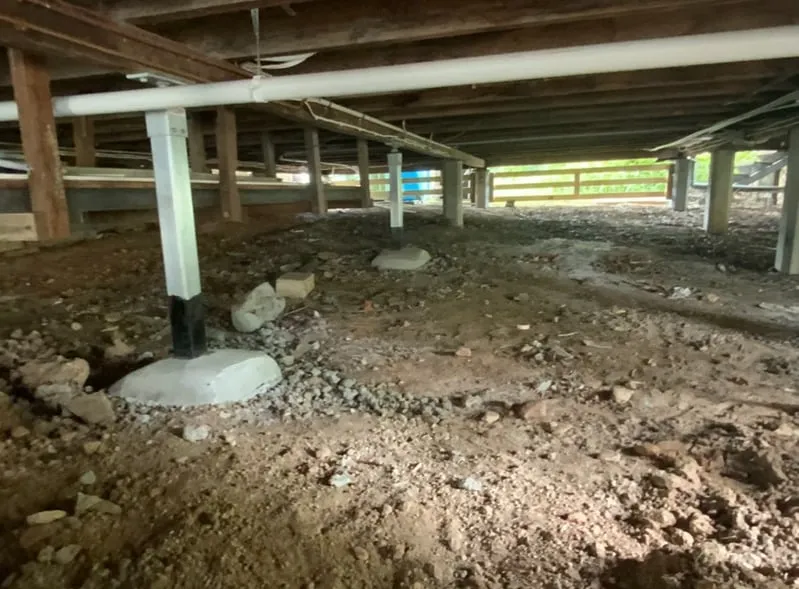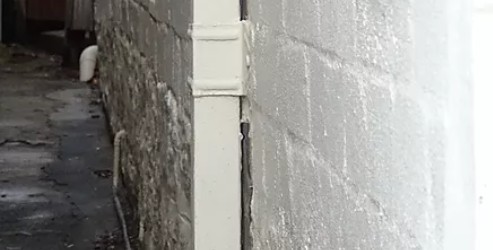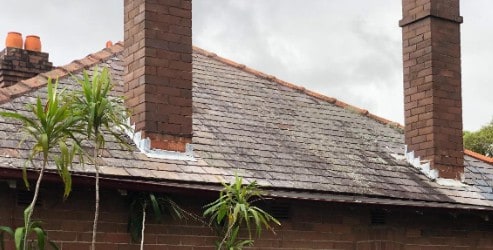Moisture is natural. It forms when you cook food in your kitchen, when you clean your home using detergents and when you shower or bathe. Moisture is a part of everyday living and comes with the rise and fall of temperatures throughout the day and night.The problem is the amount of moisture. Excessive moisture that doesn’t dry up or escape your home attracts bacteria and eventually forms mould. Mould is hazardous to your health and the health of your family.Here are a few simple, practical techniques to stop mould from growing in your home.
Adequate ventilation
One of the best ways to stop mould from growing is to make sure moisture can escape from your home. Opening your windows or doors to let moisture out of your home, especially when it’s warm during the daytime, is a great way to keep mould at bay.If you’re cooking, make sure the rangehood fan is on, especially if your cook is a long one. If you’re slow cooking meats or simmering soup on your stove for hours on end, don’t forget to open the windows to let all the steam (and smells) out.And if you’re showering on a cold winter’s night turn on the exhaust fan. If steam and moisture isn’t escaping your bathroom or your house adequately, consider installing vents.
Maintain a consistent temperature in your home
The air contains moisture at all times, especially the air within your home. As warmer air comes into contact with cooler air, condensation forms on surfaces such as walls, windows and ceilings. When condensations settles, it creates small pools of water where mould grows.Keeping a consistent temperature inside your home can keep condensation at bay. A consistent temperature reduces the amount of warm air mixing with cooler air and in turn, keeps mould from growing.
Look out for and repair leaking pipes
A leaking pipe may be a little annoying but it needs to be taken seriously. Water from a leaky pipe travels and eventually finds its way into corners and crevices which are difficult to access. These are the places where bacteria and mould love to grow.In more serious scenarios, pipes may be leaking water into the ground directly underneath your home. Left untreated, this can oversaturate the ground to cause soil erosion but also begin the process of creating rising damp.If the lower floors or walls in your home happen to be made of porous masonry, they’ll be soaking the water up from the oversaturated soil. With nowhere for the liquid to go, mould and other bacteria forms inside the masonry and on its surface, turning the lower floor of your home into a health hazard zone.Have your pipes looked at by professionals and if they’re faulty, repair them
Do you have excessive amounts of mould growing in the lower floors of your home?
You may have tried cleaning this mould to find it always grows back in the floors or walls. If this is happening on a regular basis, you may have a rising damp issue. If you want an expert’s opinion, Buildfix are happy to help you out with a FREE inspection.Just give us a call on 1300 854 115 to book a FREE inspection today.





